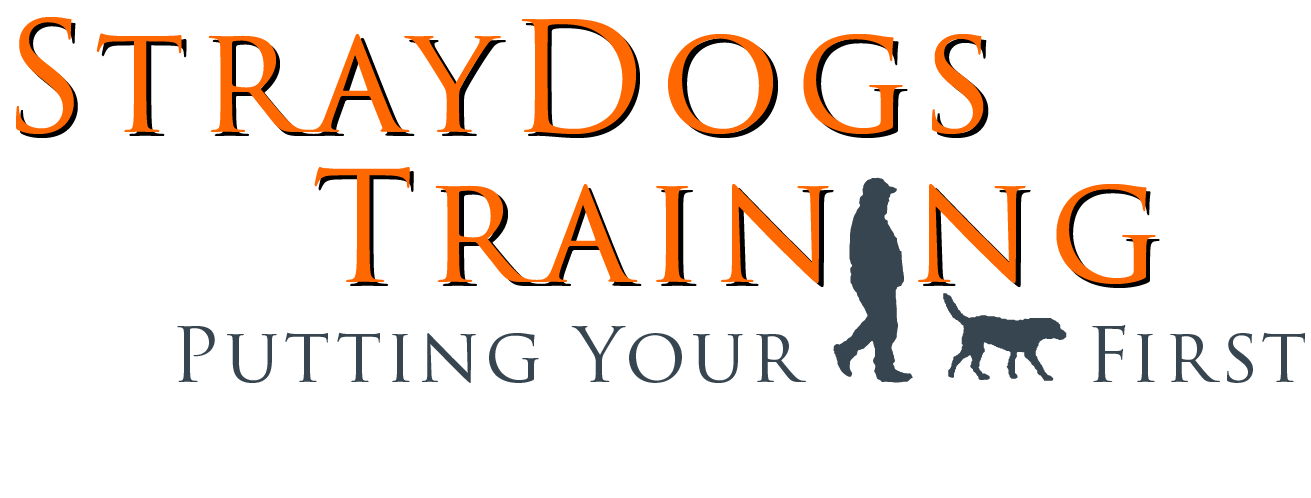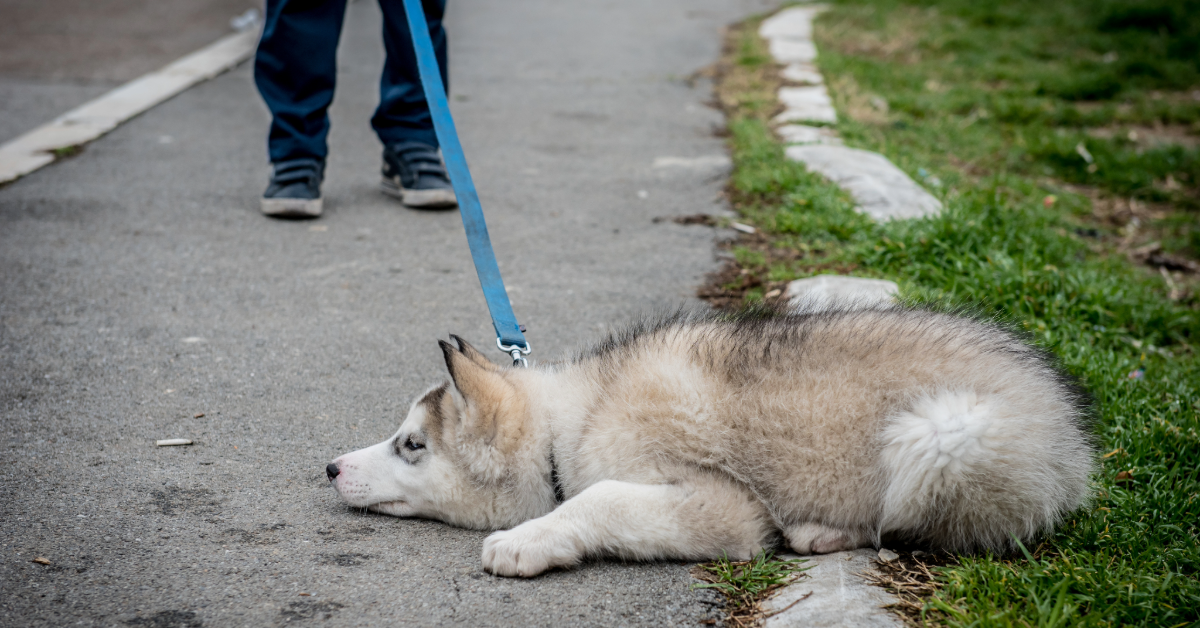Understanding the “Stubborn Dog” Myth
If you’ve ever described your dog as “stubborn,” you’re not alone. It’s a word we hear a lot at StrayDogs Training. But are dogs really stubborn?
The short answer: not usually. Most of the time, what we label as stubbornness is actually a lack of clarity and understanding between you and your dog.
In this post, we’ll break down why stubbornness is rarely the real issue, what your dog is actually experiencing, and how you can build better communication for a smoother training journey.
Why We Think Dogs Are Stubborn
It’s easy to assume that when a dog doesn’t listen, they’re being defiant on purpose. But in reality, several things might be happening:
- The dog doesn’t understand the cue
- The dog is distracted or overwhelmed
- The reward isn’t motivating enough
- Training has been inconsistent
- The dog is confused by mixed signals
When communication isn’t clear, dogs naturally default to what works for them — even if it’s not what you intended.
Example:
If you sometimes let your dog pull on the leash and other times correct them for it, they don’t understand the rule. They’re not stubborn — they’re confused.
Clarity: The Key to Reliable Behavior
Dogs thrive when things are simple and consistent. The clearer your communication, the faster your dog learns what you expect.
Here’s how to create clarity:
1. Use Consistent Cues
Use the same words and gestures every time. If “Come” means “return to me” today but “stop what you’re doing” tomorrow, your dog will struggle.
2. Teach in Steps
Break behaviors down into small, understandable parts. Instead of expecting your dog to “heel” perfectly on day one, reward small improvements — like simply staying beside you for two steps.
3. Reward the Right Choices
When your dog does what you want, reward them immediately. This reinforces that they made the right decision.
4. Eliminate Mixed Messages
Be mindful of your body language, tone of voice, and timing. Dogs pick up on everything — even hesitation!
Tip: If your dog isn’t getting it, simplify the task. Start easy and build up!
Common Situations Mistaken for Stubbornness
Potty Training Trouble
If a dog is “stubborn” about going potty outside, it usually means:
- They weren’t given enough opportunities
- They’re unsure where you want them to go
- They haven’t connected the reward with the behavior
“Ignoring” Commands
A dog that “ignores” a command might actually:
- Not fully understand it
- Be distracted by the environment
- Feel pressure, fear, or excitement that clouds their ability to think
“Refusing” to Walk Nicely on a Leash
Dogs don’t inherently know how to walk at a human pace. If they’re “stubbornly” pulling, it’s because we haven’t taught them in a way they clearly understand.
Building Better Communication: Step-by-Step
Want to ditch the “stubborn” label and build a better relationship with your dog? Focus on communication.
Follow these steps:
- Teach a command in a quiet place first (minimize distractions).
- Reward every small success early on.
- Slowly increase difficulty — new locations, longer durations, more distractions.
- Stay consistent with your words, body language, and expectations.
- Stay patient. Mistakes aren’t stubbornness — they’re part of the learning process.
Real Progress Happens When You Work Together
When we view our dogs as partners instead of rebels, something amazing happens: training becomes easier, more enjoyable, and way more effective.
At StrayDogs Training, we focus on creating clarity and understanding. It’s not about “forcing” obedience — it’s about building a relationship where your dog genuinely wants to listen because they know what you expect.
You and your dog are on the same team. Always.
Takeaway
Dogs aren’t stubborn. They just need you to be clear, consistent, and patient.
When you provide understanding instead of blame, you’ll be amazed at what your dog can achieve.
Ready to build that kind of relationship with your dog?
✨ Check out our dog training services to get started today! ✨

